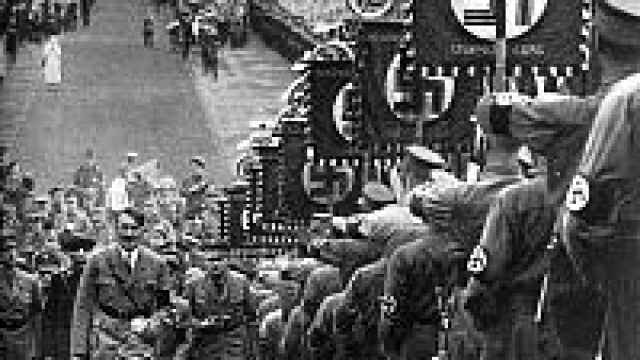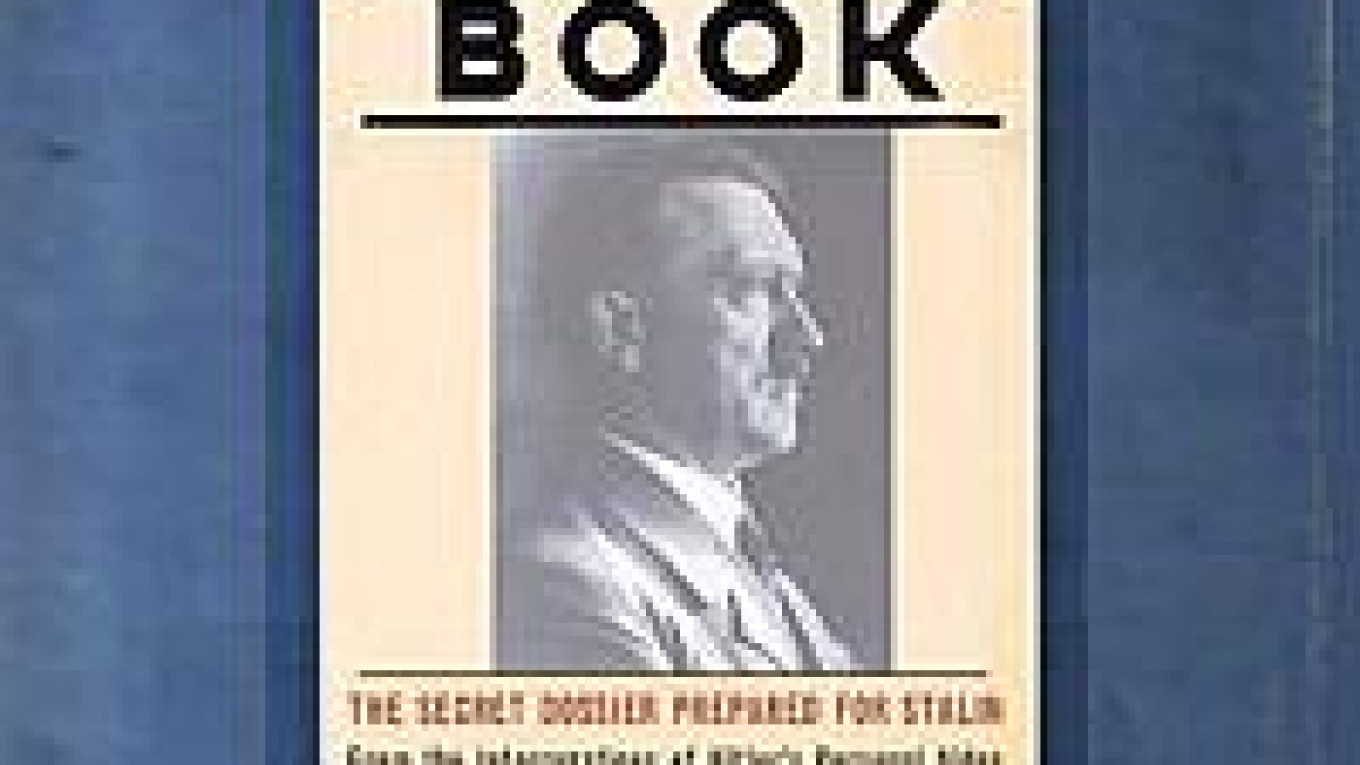Since 1991, the new Russian government has eased many of the restrictions governing access to its archives and begun declassifying and releasing many hitherto secret and top-secret documents related to subjects previously hidden from public view. It has also ended its practice of limiting the subjects historians can investigate and altering the factual content of their works. However, despite these positive measures, subsequent archival releases have been highly selective rather than comprehensive. Careful study of these materials indicates vital documents have been excised. In addition, the commissions to which the government has assigned the task of screening documents for release have yet to complete their work.
Despite these problems, the declassification effort has produced some positive results. In the military realm, for example, the government authorized the Moscow firm TERRA to publish an extensive series of archival documents related to World War II. However, while this series represents an important step forward, the production of new volumes has been lagging seriously, and later volumes are far less comprehensive and candid than their predecessors.
"The Hitler Book," another notable and important byproduct of this declassification effort, evidences that the cloak of secrecy is indeed cracking. Discovered in the archives by the German researcher Matthias Uhl and edited by Uhl and the historian Henrik Eberle, this volume purports to be a special study of Adolf Hitler prepared by security-police researchers at the behest of Josef Stalin, who sought to better understand the mind of his defeated foe. Based largely on information obtained from Hitler's associates -- primarily from two men in his personal entourage -- "The Hitler Book," officially titled "Affair No. 1-G-23: Concerning Hitler and his Associates," remained classified top-secret until 1991 because, according to the editors, its contents "presented a picture of the history of the Second World War that did not match official Party propaganda: there were various details concerning diplomacy in National Socialist Germany, the battles on the German-Soviet front and the downfall of the Third Reich that had been presented differently up till then."
Although there is no way to confirm this book's authenticity without reading it in Russian and examining its attached access list -- the sheet of paper identifying who had access to it and when -- the title page and contents do indeed appear valid. Furthermore, collectively, the foreword by British historian Richard Overy, the preface by translator Giles MacDonogh and the introduction by Eberle and Uhl adequately explain the book's provenance, including the circumstances surrounding its preparation, classification and release.
 Hulton Deutsch Collection Adolf Hitler leads a procession of Nazi leaders during a rally in Buckeburg, Germany, in 1934. | |
First and foremost, the authors of "The Hitler Book" attempt to construct a profile of Hitler's personality and psychological state over time. Strangely, however, their narrative and analysis begin abruptly in the summer of 1933, months after Hitler became German chancellor, and do not address the Fuhrer's earlier career and the important events of World War I and the turbulent 1920s that shaped his personality and views. For example, there is no reference in the book to Hitler's autobiography, "Mein Kampf," and the implications of that work for the Fuhrer's attitude toward the Soviet Union.
Thereafter, "The Hitler Book" leaps chronologically from one snapshot of the Fuhrer to another, leaving it to the reader to fill in the blanks in this almost haphazard biographical and psychological mosaic. In the two chapters describing the critical period from March 1939 through May 1941, for example, the authors devote many pages to vignettes describing the German leader's attitude toward the war in the West and his relations with Italy and Spain but fail to discuss his rationale and preparations for war against the Soviet Union and omit any mention of Stalin's embarrassing pact with Hitler.
As for the war itself, the authors provide only a barebones account of military operations, instead offering Stalin a series of vignettes detailing German barbarity and Hitler's responses to specific events as his grand plans for conquering the Soviet Union inexorably soured. For example, in the nine-page chapter covering the first six months of the German invasion, the authors devote several pages to Hitler's travels and four pages to the actions of his personal guard. As for the Wehrmacht's rapid and dramatic advance deep into the Soviet Union during the summer and fall of 1941 and the titanic battles of Leningrad and Moscow, the book simply mentions Hitler's chagrin at failing to capture the two cities.
Following this pattern, the authors describe the general course of military operations only in brief, referring to developments tangentially as a way of assessing their impact on Hitler's personality. Quite naturally, they focus considerable attention on the deterioration of the Fuhrer's health and mind and on specific evidence of this decay leading up to Hitler's suicide in April 1945. As a result, the book's most interesting, revealing and important chapter describes the catastrophic situation in Berlin and in the Fuhrer's bunker during the final days of the Third Reich.
Unquestionably, other than the very fact of its release, the principal value of this book is its unvarnished portrait of Hitler the man, as he attempted but failed to achieve his ultimate ends vis-a-vis the Soviet Union and his fellow dictator, Stalin. Carefully written by authors who probably well understood the risk should their candor exceed Stalin's desire for a truthful portrait, this book ultimately lacks what could have been its most revealing and important contribution -- Stalin's personal comments on the authors' efforts. Sadly, the study contains none of the extensive and often caustic annotations Stalin normally made while reading documents, indicating that it may not have crossed his desk at all. If this was indeed the case, readers now have a unique opportunity to study a book written for but never read by Stalin.
David M. Glantz is a retired U.S. Army officer, the editor of The Journal of Slavic Military Studies and the author of "Colossus Reborn: The Red Army at War, 1941-1943."
A Message from The Moscow Times:
Dear readers,
We are facing unprecedented challenges. Russia's Prosecutor General's Office has designated The Moscow Times as an "undesirable" organization, criminalizing our work and putting our staff at risk of prosecution. This follows our earlier unjust labeling as a "foreign agent."
These actions are direct attempts to silence independent journalism in Russia. The authorities claim our work "discredits the decisions of the Russian leadership." We see things differently: we strive to provide accurate, unbiased reporting on Russia.
We, the journalists of The Moscow Times, refuse to be silenced. But to continue our work, we need your help.
Your support, no matter how small, makes a world of difference. If you can, please support us monthly starting from just $2. It's quick to set up, and every contribution makes a significant impact.
By supporting The Moscow Times, you're defending open, independent journalism in the face of repression. Thank you for standing with us.
Remind me later.


